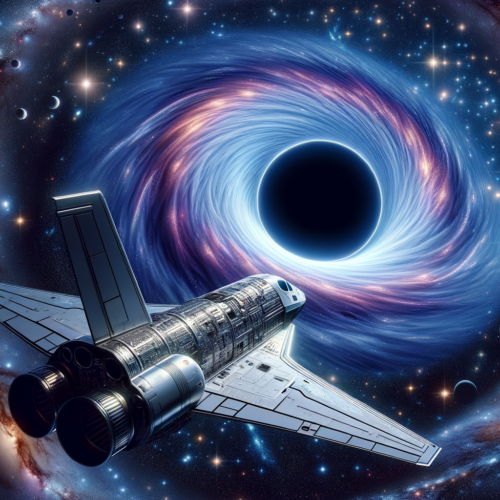The Cosmic Puzzle of Super-Earths: New Insights from Astronomers
- Recent research suggests that stars with very low metal content may be unable to form larger planets known as “super-Earths.”
- Using NASA’s TESS satellite, scientists investigated 10,000 low-metal stars and expected to find around 70 super-Earths, but discovered none.
- This study indicates that super-Earths likely began forming around seven billion years ago, offering new perspectives on planet formation in our galaxy.
Understanding Super-Earth Formation
In a fascinating twist on our understanding of planetary formation, astronomers have unveiled that not all stars are created equal when it comes to creating larger planets, particularly the intriguing “super-Earths.” These planets sit between Earth and those behemoths like Neptune in size and can be rocky, gaseous, or a mix of both.
For years, scientists operated under the assumption that any star could potentially form planets, albeit with fewer prospects if it had a lower metal content. However, this new research reveals a pivotal turning point: when a star has minimal metal, it may reach a threshold that renders it unable to create super-Earths altogether.
NASA’s Exciting Discoveries
Earlier this year, NASA had quite the revelation with the discovery of a super-Earth located a whopping 137 light years from our cozy home. This celestial body resides in its solar system’s “habitable zone,” the sweet spot where conditions might be just right for life to flourish.
To dig deeper into the super-Earth mystery, a team of researchers turned their gaze to a vast sample of 10,000 stars that fit the low-metal profile. Using the specialized TESS satellite, they were on the hunt for potential super-Earths. However, the results were surprising—they found none. This unexpected outcome suggests that stars lacking in metal may struggle significantly when it comes to forming these intriguing planets.
Where Do Super-Earths Fit in the Cosmic Timeline?
So, when did super-Earths start making their grand entrance into the universe? The research hints that these larger planets likely began to form once the universe reached about half its current age, approximately seven billion years ago. Before this period, the metal content in stars simply wasn’t sufficient to give rise to these planetary wonders.
This newfound understanding not only refines our knowledge of when and how super-Earths come to be but also aids astronomers in honing their search for planets around stars that are more promising candidates for harboring worlds like our own.
Potential Implications
This breakthrough opens up thrilling possibilities for our quest to locate potentially habitable planets beyond our solar system. By zeroing in on stars that possess the right ingredients—particularly those with adequate metal content—scientists can enhance their efforts to discover worlds that could support life as we know it.
The research, spearheaded by astronomer Kiersten Boley from Ohio State University, has been documented in The Astronomical Journal, giving us all a fresh perspective on our cosmic neighborhood.
Jon’s Take
What if the universe is more selective about its planetary creations than we ever imagined? As we unravel the mysteries of stars and their ability to form super-Earths, we might just be peeking into a grander design that influences the very fabric of our existence. The truth isn’t just out there – it’s right here, waiting for us to discover it!
Original Article




